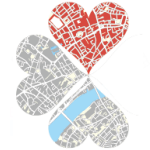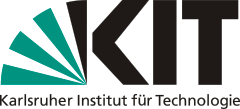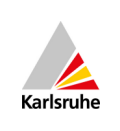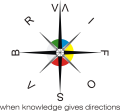
|

|

|
|
|
IS THIS THE REAL WORLD? Perfect Smart Cities vs. Real Emotional Cities Cities have been created by mankind for thousands of years now, as places for people to live and where they can best develop their talents and activities in work-sharing societies.Although there is still a huge demand for physical structures, lately lots of the discussion on the future of cities has been focusing on bringing digital technologies into cities. The term “Smart Cities” has been excessively used and bears the hope and promise that cities will become more efficient but also more livable.“Smart Cities Solutions” has also become a major industry with a huge future potential. Cities do not just consist of bricks, mortar, steel, glass and – recently – ICT. A city has an identity, a “spirit”, it is emotional, and this is often something very important for a city and its places and districts, and of course for its citizens. Cities are “home”, there can be feel-good places as well as areas rather to avoid, depending on many factors: common and individual ones. What makes the “spirit of a city” or a place? Whereas renderings in the Smart City context all too often show almost perfect cities, real cities have their shiny places, but most probably also their “dark sides”. What is the situation and the future of “THE REAL WORLD”? What is the relation between longing for “Perfect Smart Cities” and “Real Emotional Cities”? Will cities and neighbourhoods be “standardized” and more look and feel like each other or will they keep their identities? Will this be just decided in market values? Can urban planning support keeping and creating places, spaces and cities – “Real Emotional Cities”? What are the tools for the 21st century city? Of course we must not forget that sustainability and resilience stay primary goals for urban development. REAL CORP 2019 explored the relations and differences between standardisation trough technical innovation on the one hand and the quest for uniqueness and peculiarity on the other hand. |
 |
 |
 |
||||||||
 |
 |
|||||||||
 |
 |
 |
 |
 |
 |
|||||

